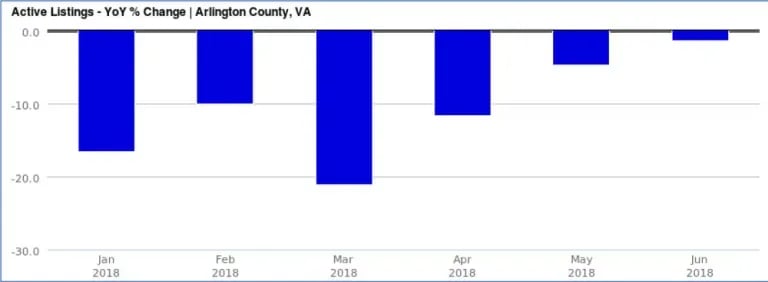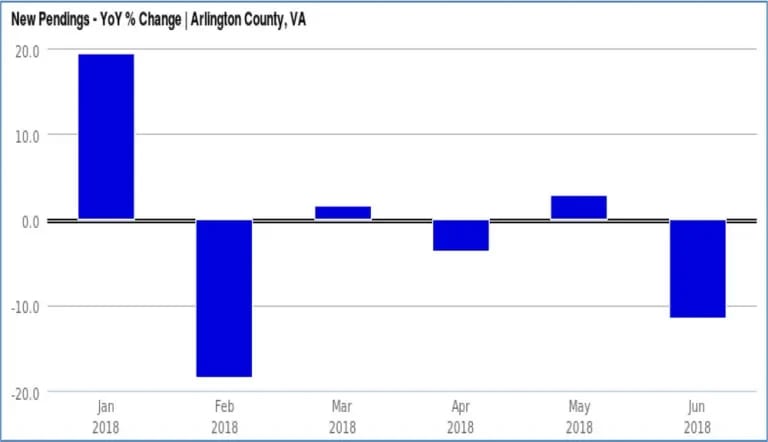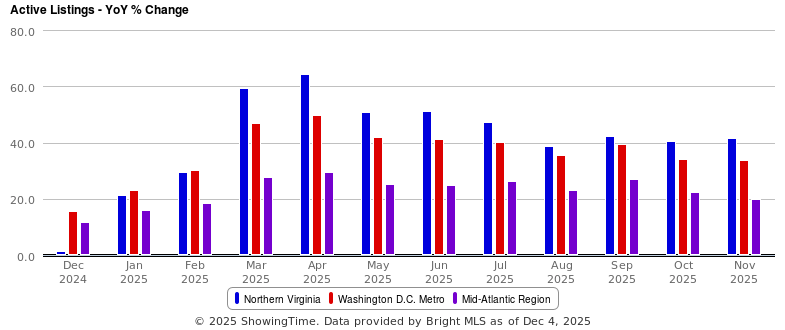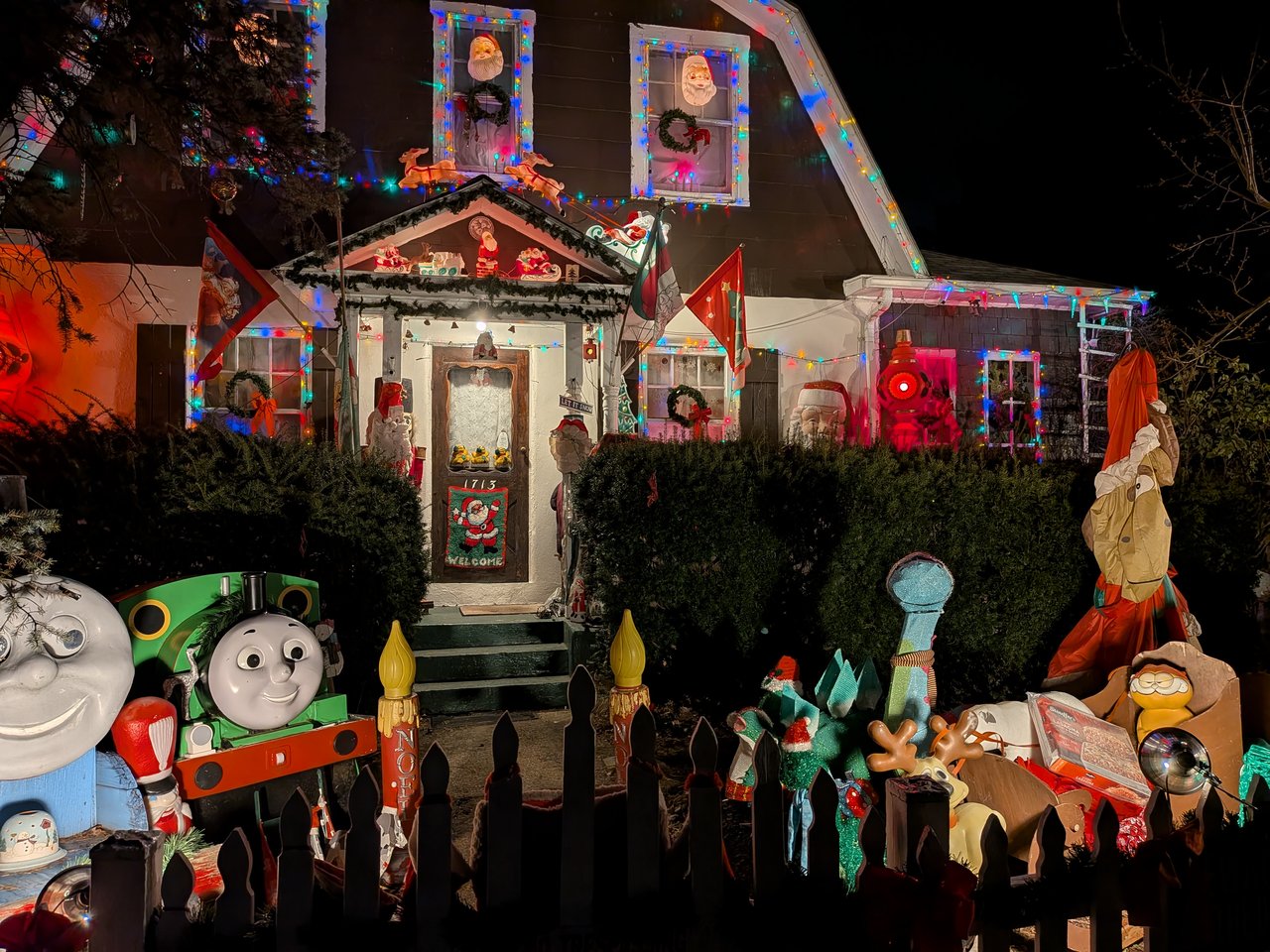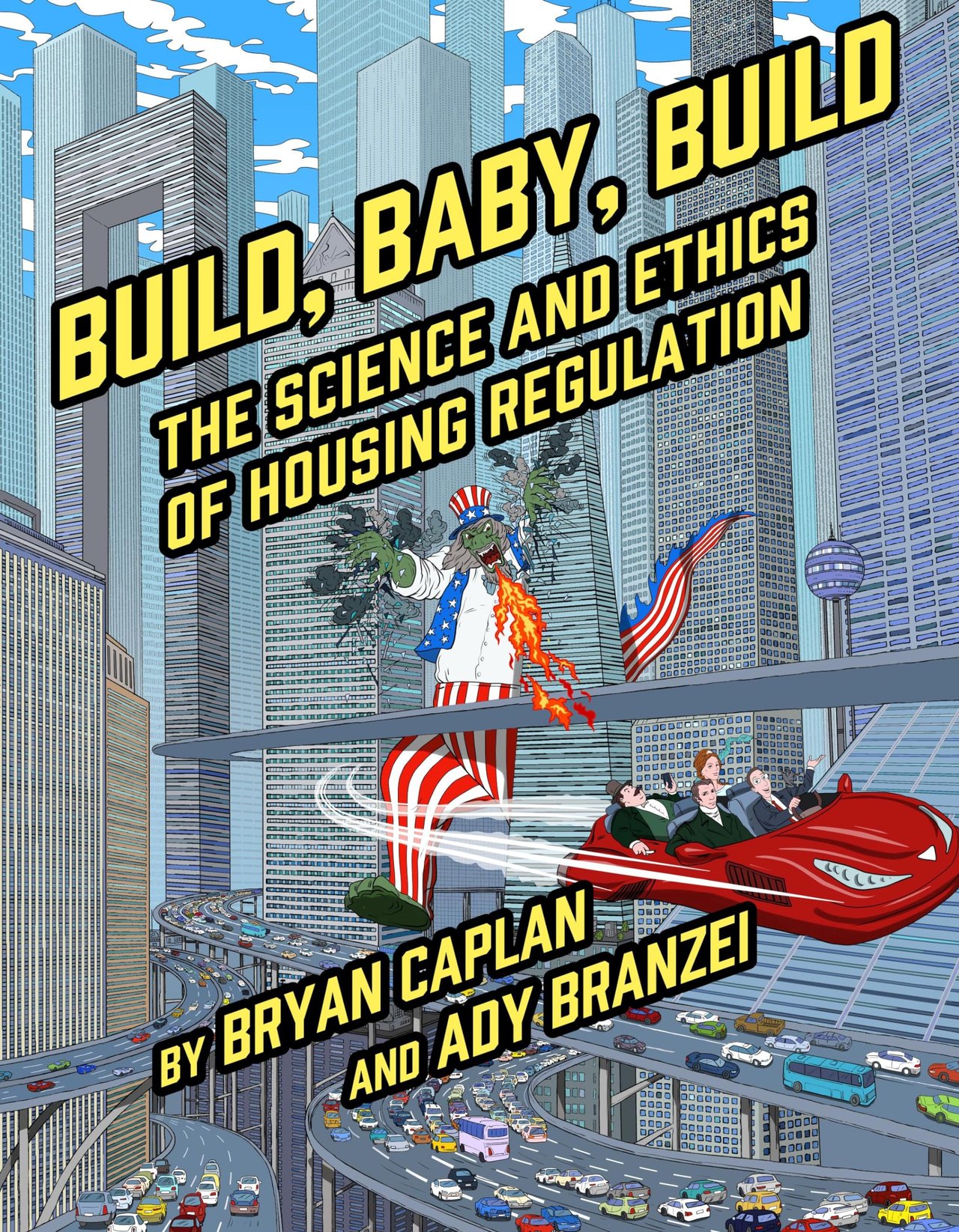Question: How is Arlington real estate performing halfway through 2018?
Answer: If you’ve followed the news lately, it’s hard to miss reports that housing inventory is dangerously low and prices are quickly increasing across the country. While Arlington is experiencing the same issues with low inventory, we’re seeing some interesting behavior in prices.
If you simply look at the average price change across Arlington, values actually dropped since last year’s strong appreciation. However, if you take a deeper look (see table below), you’ll find that condos actually jumped 9.1%, single-family homes crossed the $1M mark by increasing 2.5%, and only the townhouse market lost ground.
So how did average prices in Arlington dropped when the two highest-volume housing types increased in value? There was a dramatic shift in volume from more expensive single-family and townhouse purchases (-14.8% and 18%, respectively) to less expensive condos (12.4%). Who said Millennials don’t buy homes? Hint: media outlets looking for clicks who ignored the fact that as of 2015 more than half of Millennials were still 25 or younger!
Comparison of First-Half Performance
Below is a chart comparing real estate sale statistics for the first six months over each of the last five years. I removed distressed sales, Cooperatives and age-restricted housing. The Townhouse category also includes duplexes, semi-detached and other similar homes. The Net Sold Price is the purchase price less any seller credits to buyer closing costs. Some highlights below:
-
Finally, real appreciation in the condo market, driven by a remarkable increase in purchase volume
-
Demand indicators moved in favor of sellers across the board, with decreased days on market (faster sale cycles) and purchase prices being negotiated closer to the original asking price (less buyer leverage)
-
Notable increases in the purchase volume of condos and decreased volume of townhouses and single-family sales. Does this indicate a youth movement in Arlington homeownership and families choosing to buy outside of Arlington where the dollar goes further? Or is it simply due to buyer frustration at the lack of choices in the higher priced townhouse and single-family market keeping eager buyers on the sideline?
The decrease in average Arlington home price is misleading and a great example of why macro-level real estate data is often ineffective and purchase/sale decisions should be made using micro-level data personalized to your sub-market.
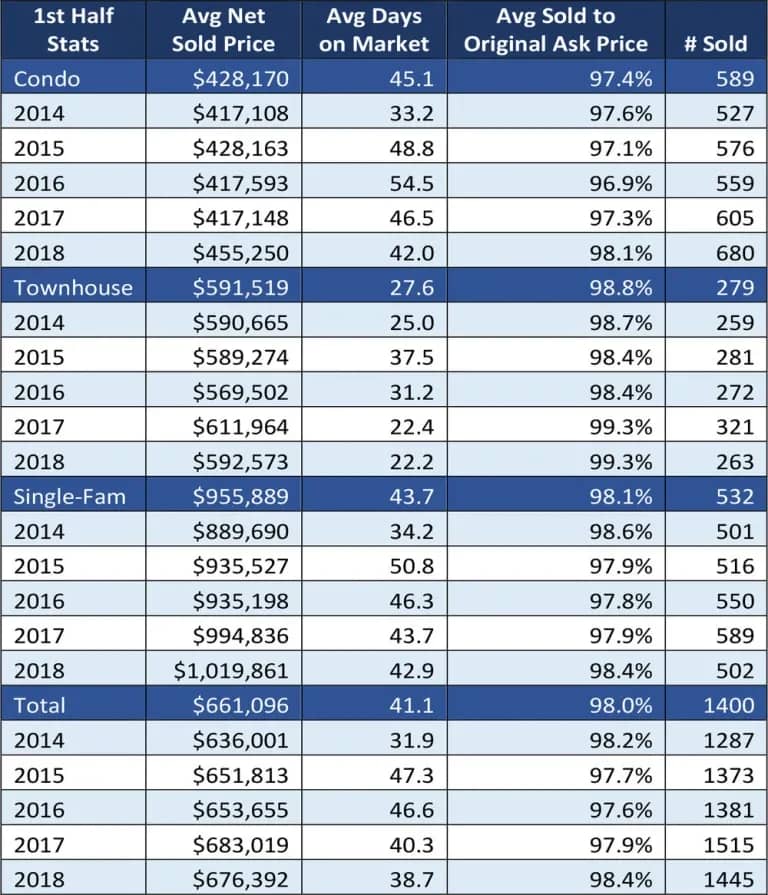
The Never-Ending Story of Low Inventory
The inventory problem in Arlington is where things get interesting and confusing.
Basic economic principle would suggest that prices would be even higher due to such low supply, but what we’re seeing is that eager buyers are becoming frustrated with the lack of choices and either looking to other markets or simply foregoing a purchase, thus changing the demand curve and limiting price appreciation (I’m sure there’s an Economics 101 theory for this that I’ve read and forgotten).
The charts below highlight the following:
-
The number of homes for sale in Arlington dropped year-over-year for each of the first six months of 2018, including drops of 10% or more in each of the first four months.
-
The months of supply (existing inventory against demand) has decreased year-over-year five of the first six months of the year, with only a .2% increase in June, but two decreases of more than 20% earlier this year.
-
Overall, the number of homes going under contract each month is modestly closer to what it was last year, although it’s still down in 2018. Based on what I’m seeing with clients, this is not due to a lack of buyer interest, but the lack of choices for eager buyers. I think an increase in inventory would result in an equal increase in purchase activity.
If you have any questions about this data, would like to discuss how this data impacts your purchase/sale, or would like to see more personalized data sets specific to your purchase/sale feel free to send me an email at [email protected] and let me know how I can help!


